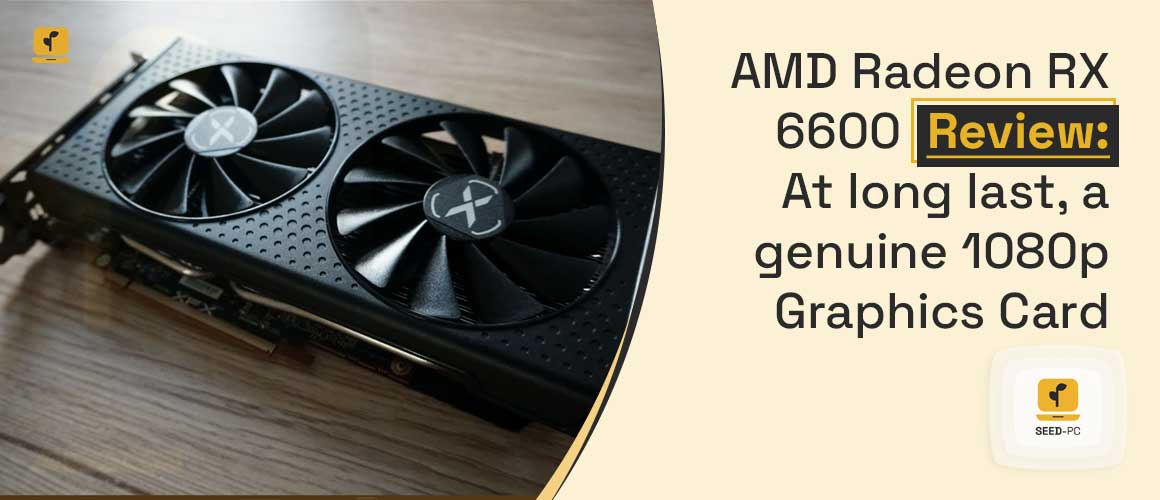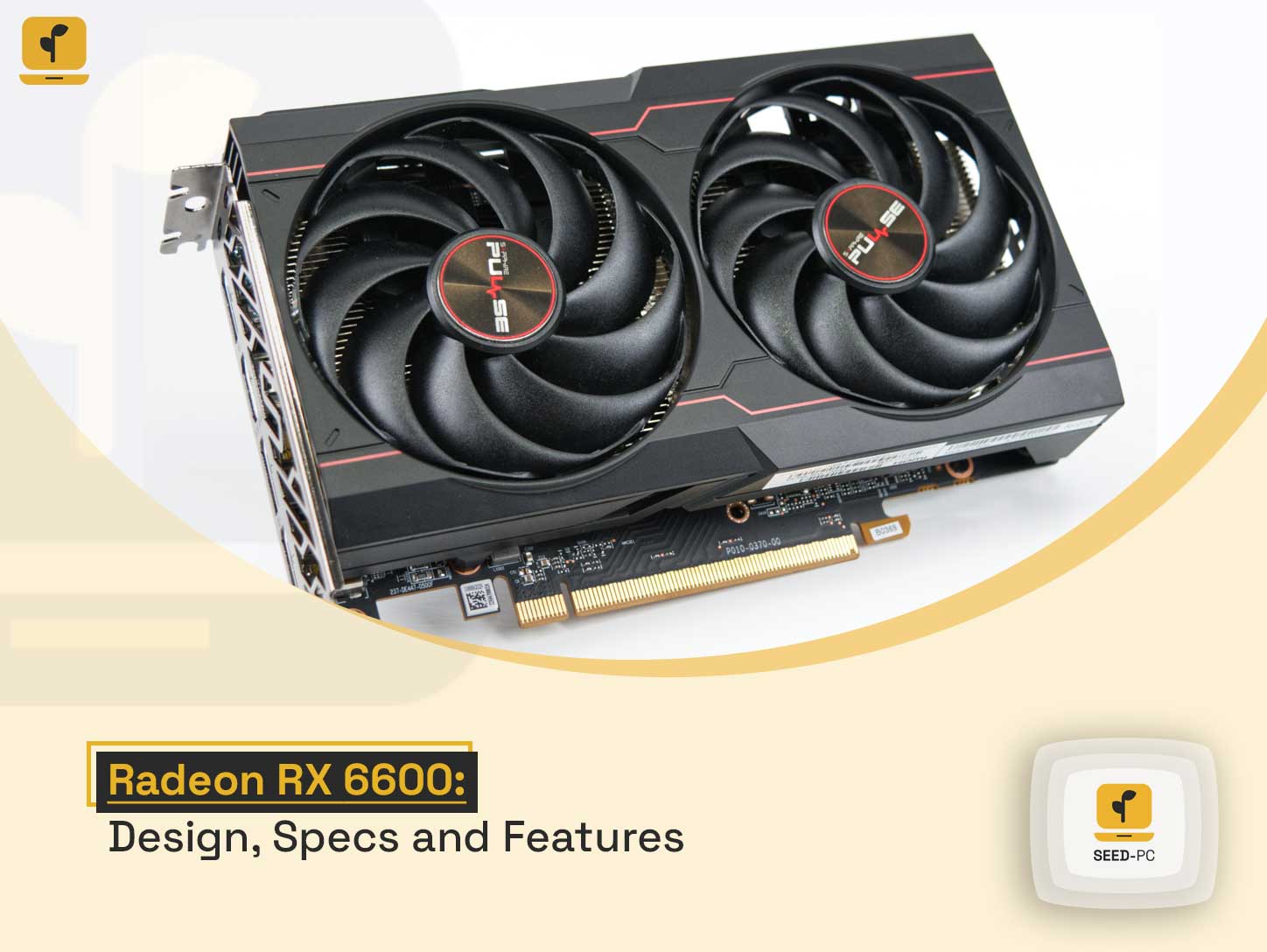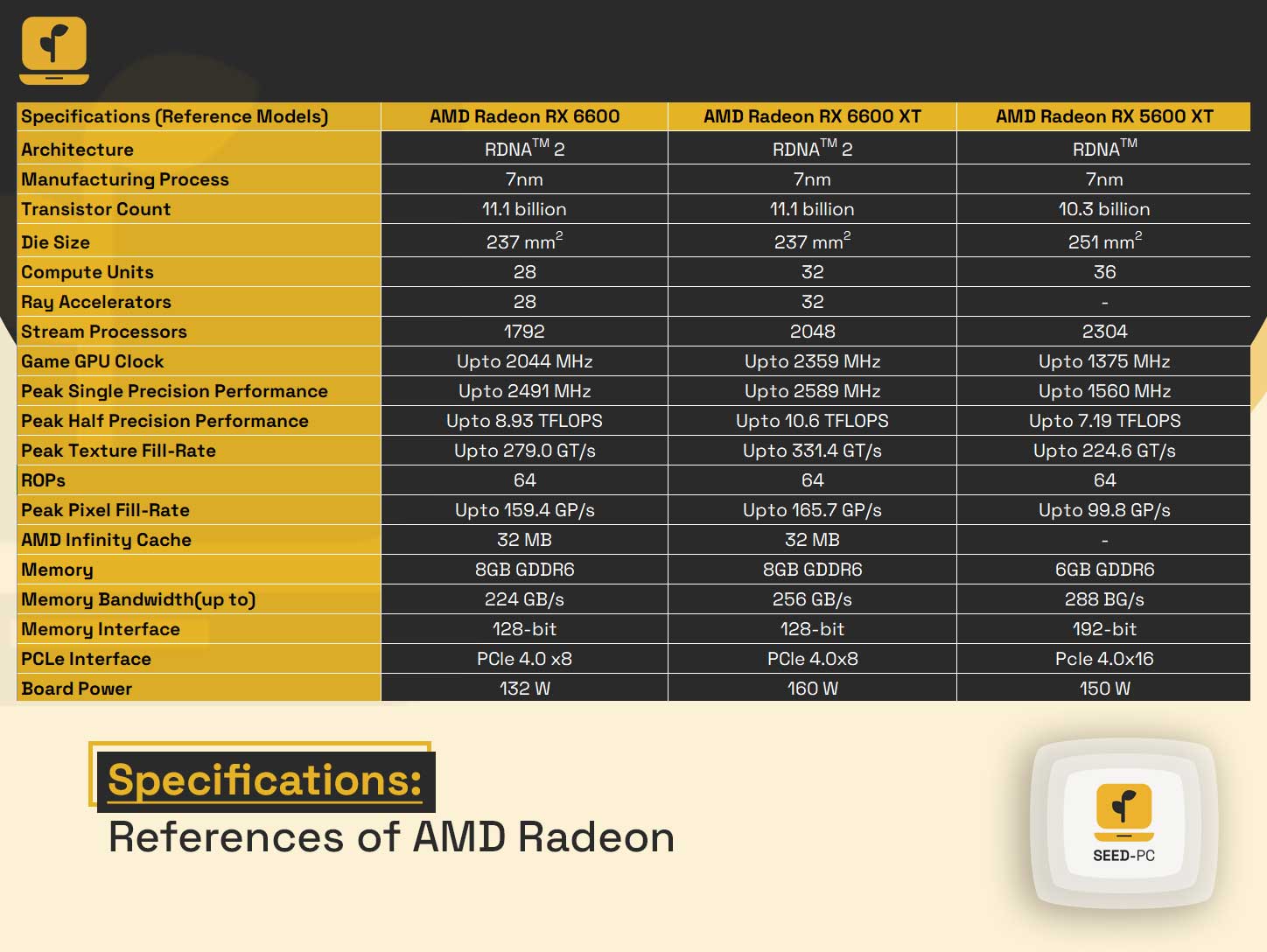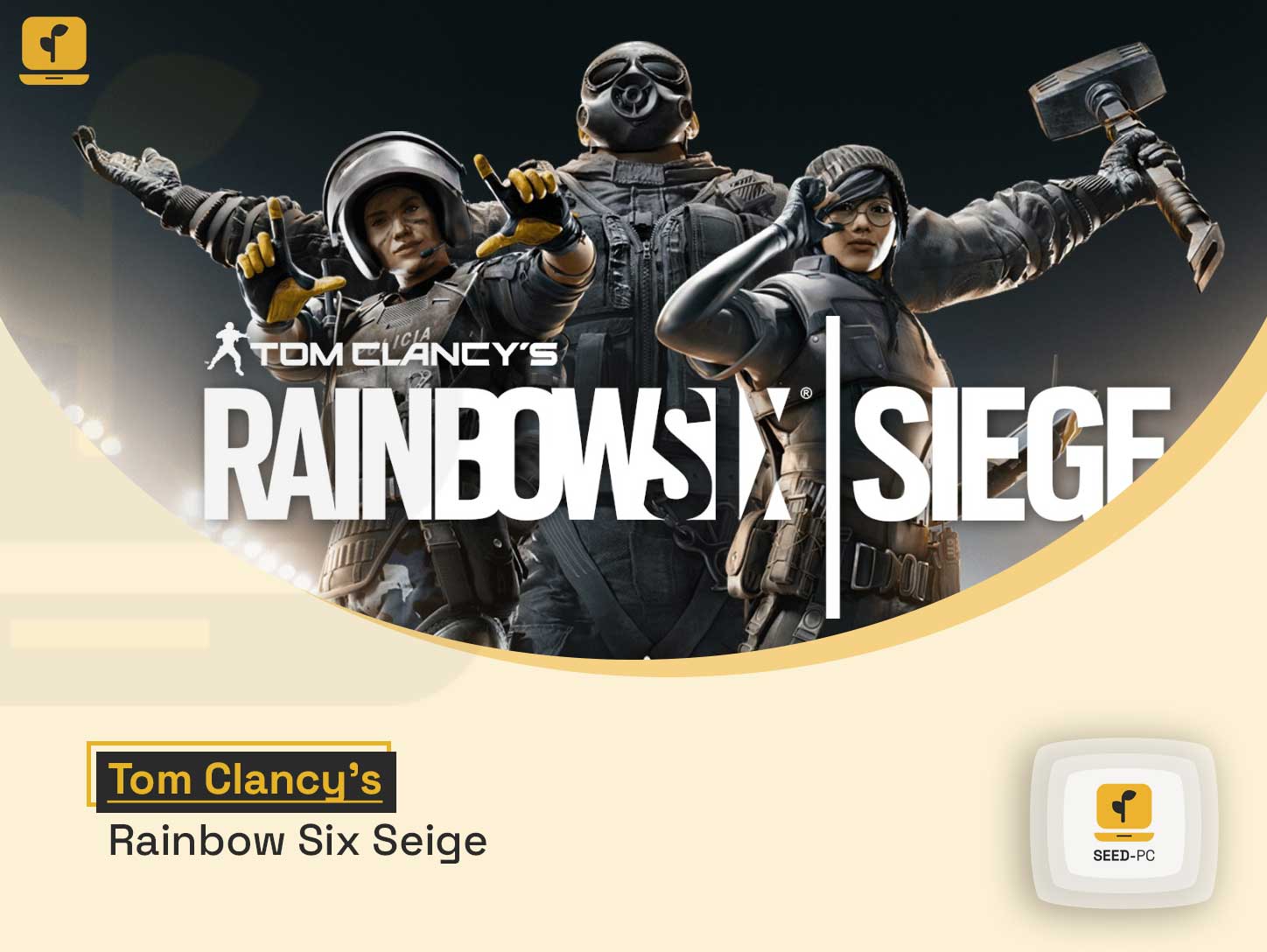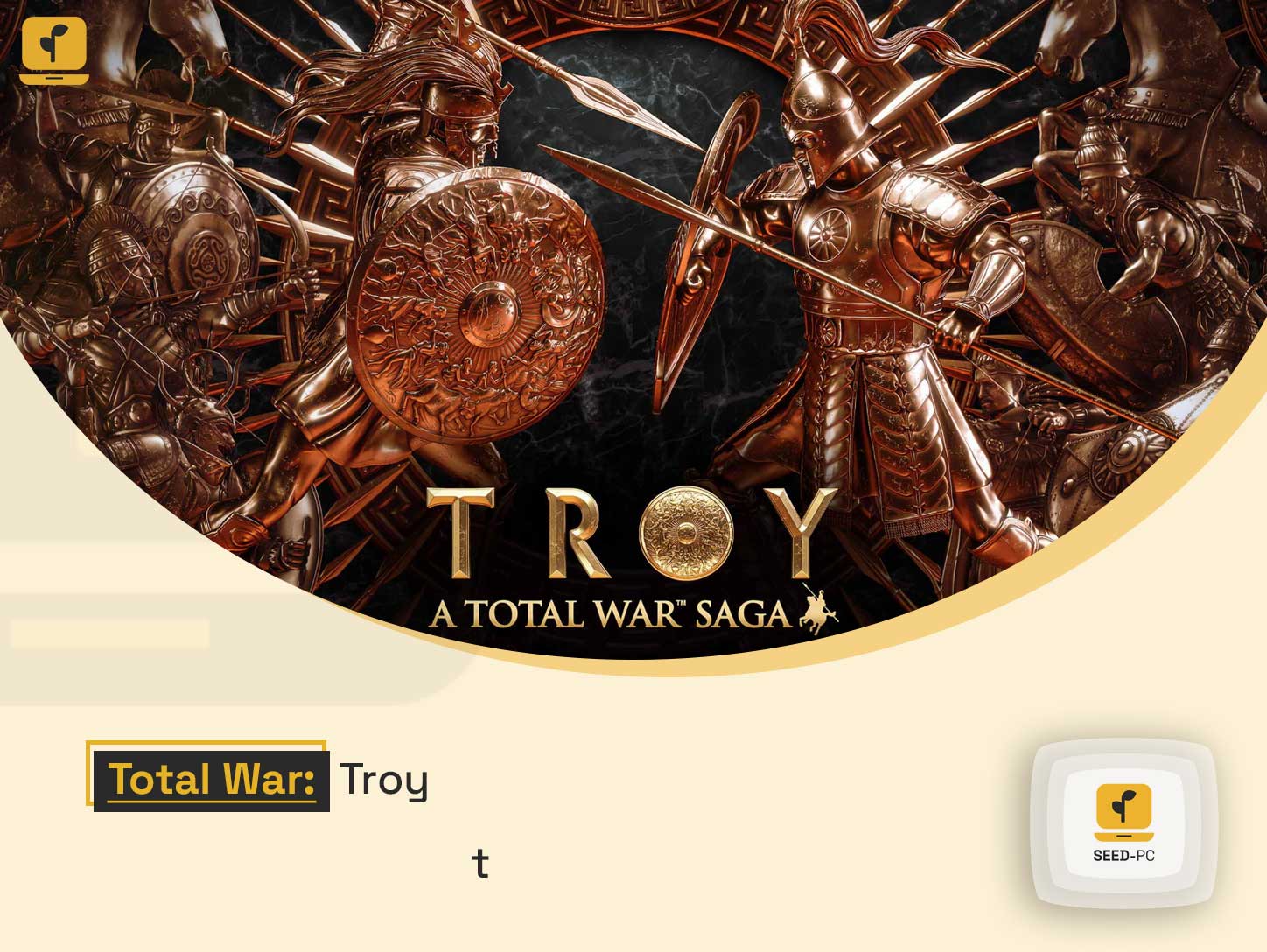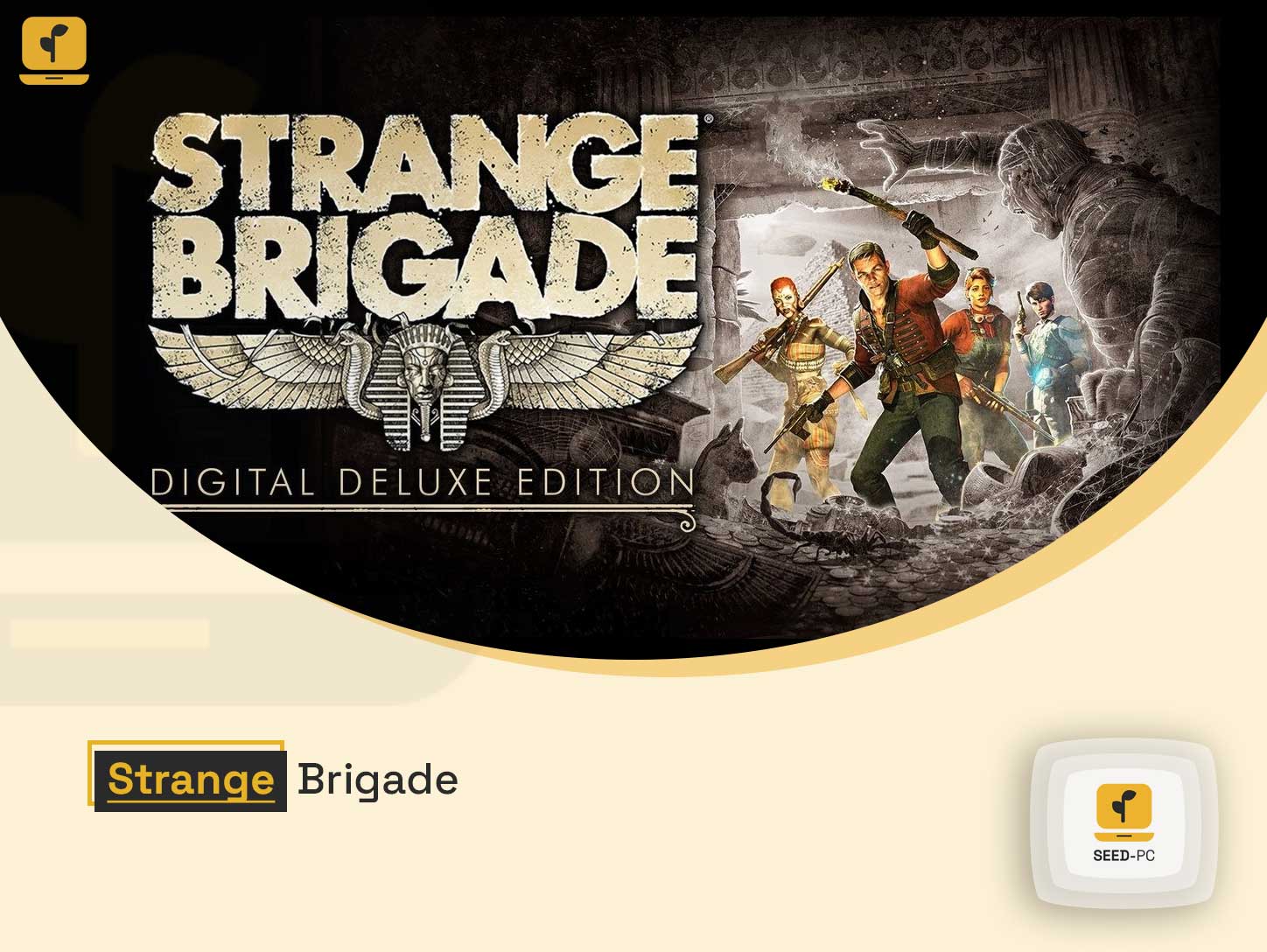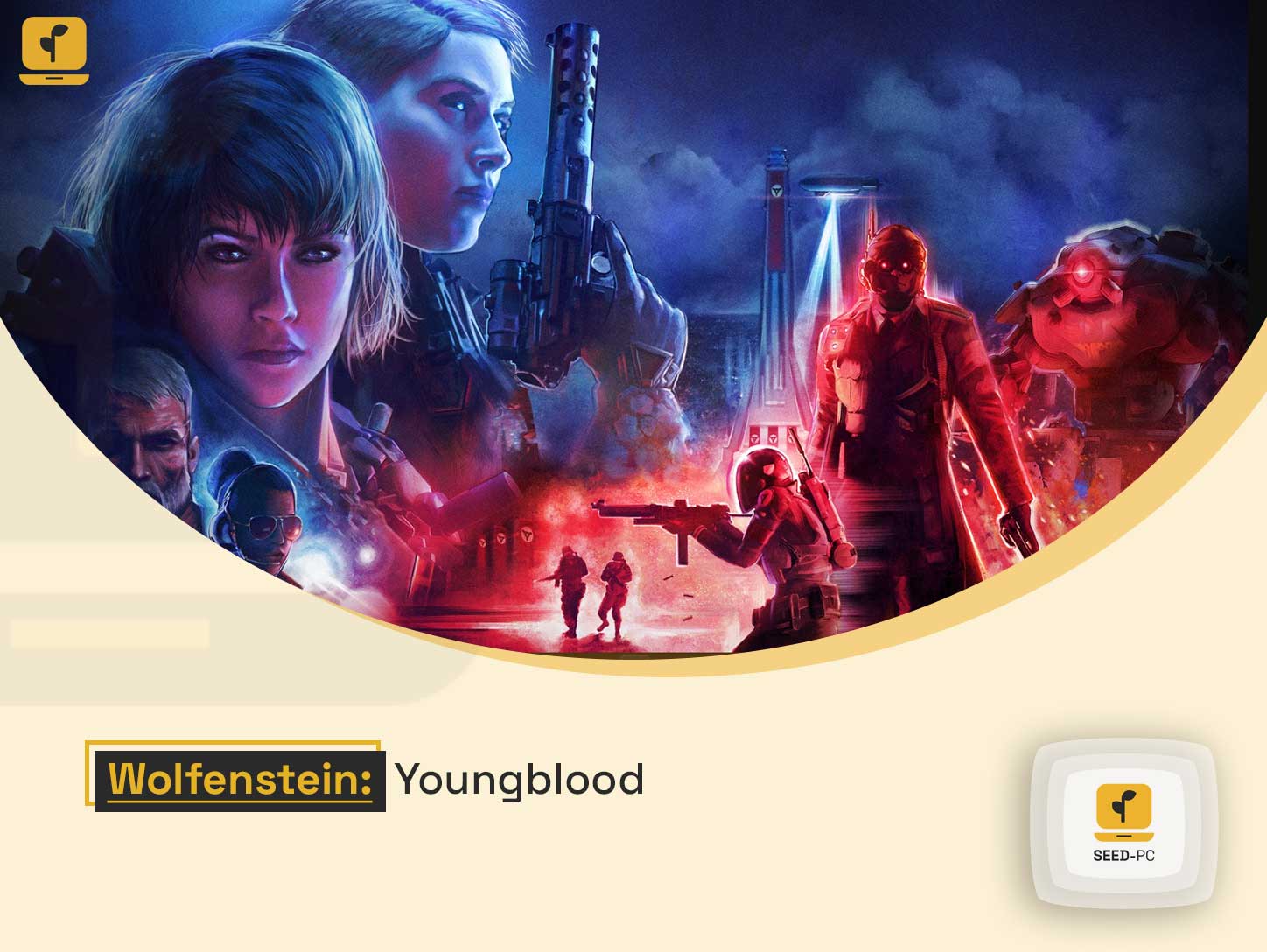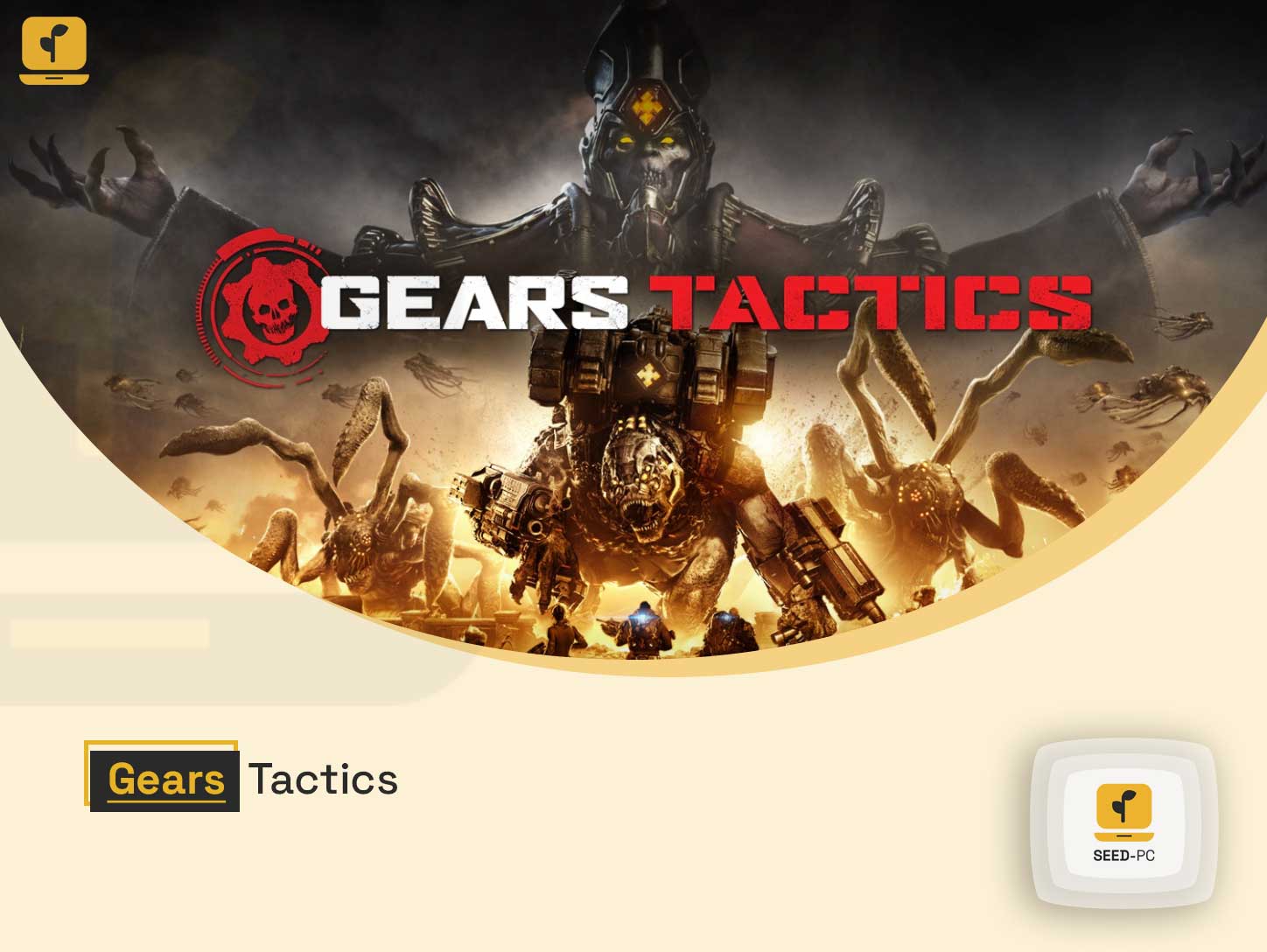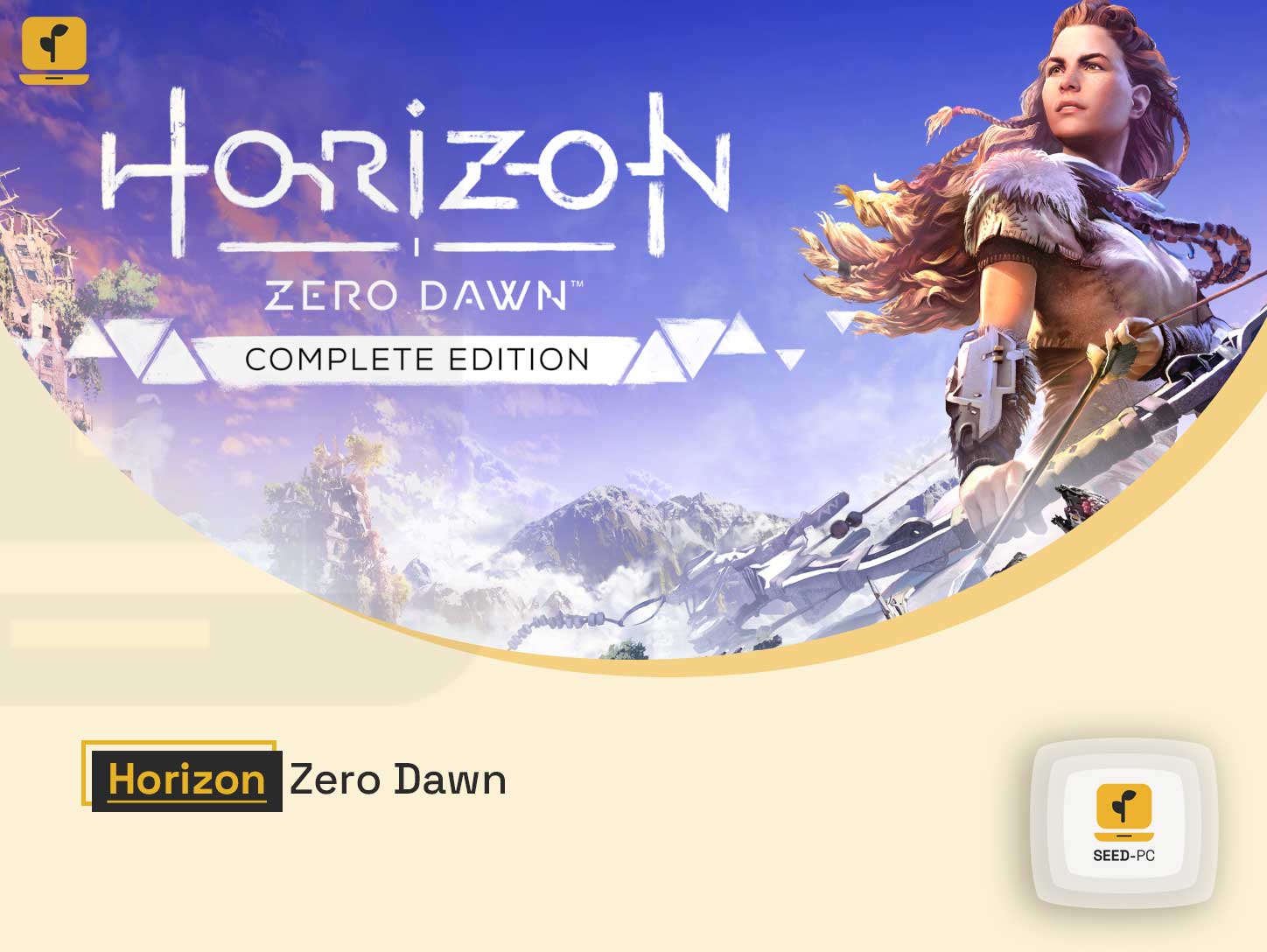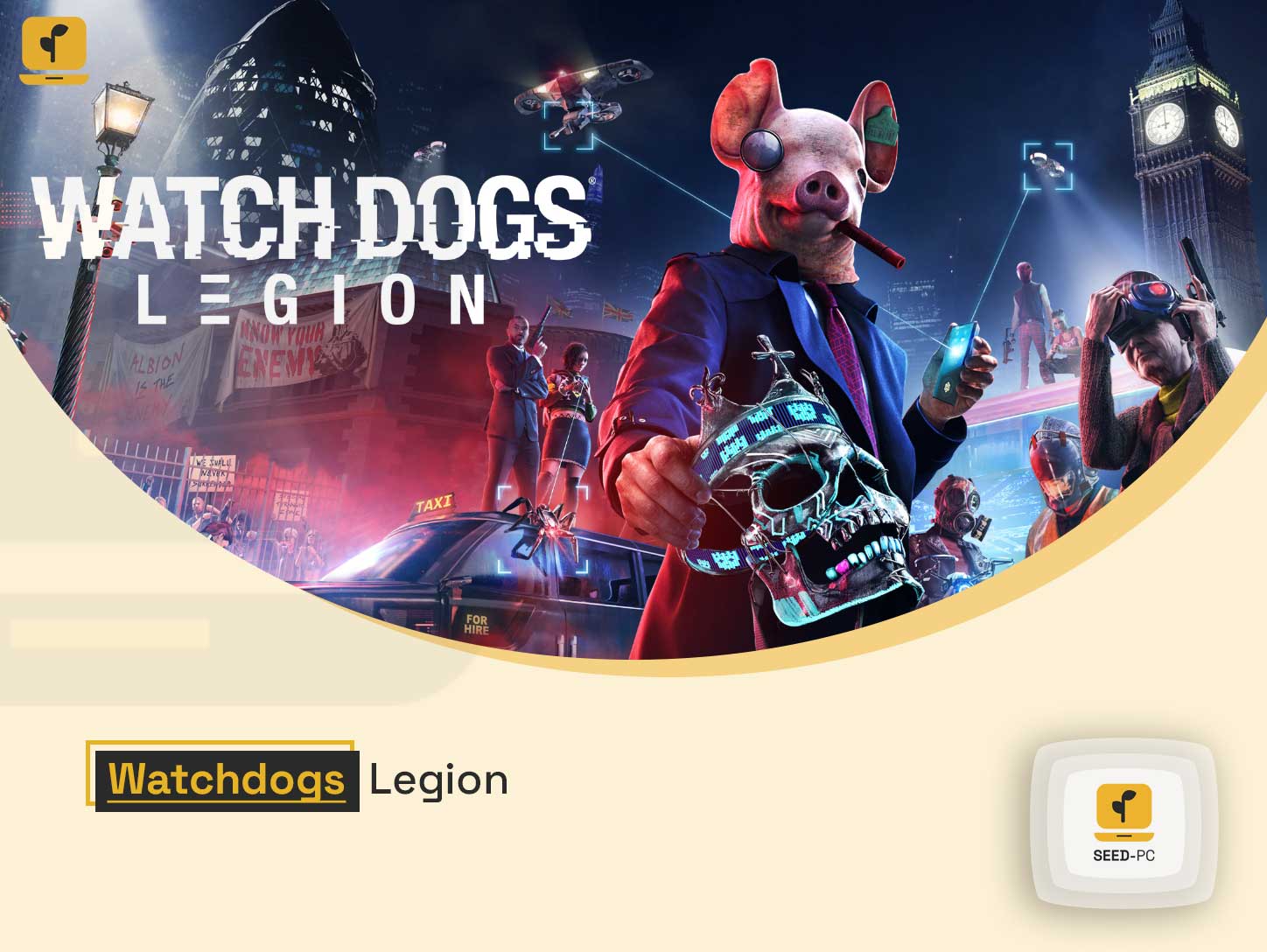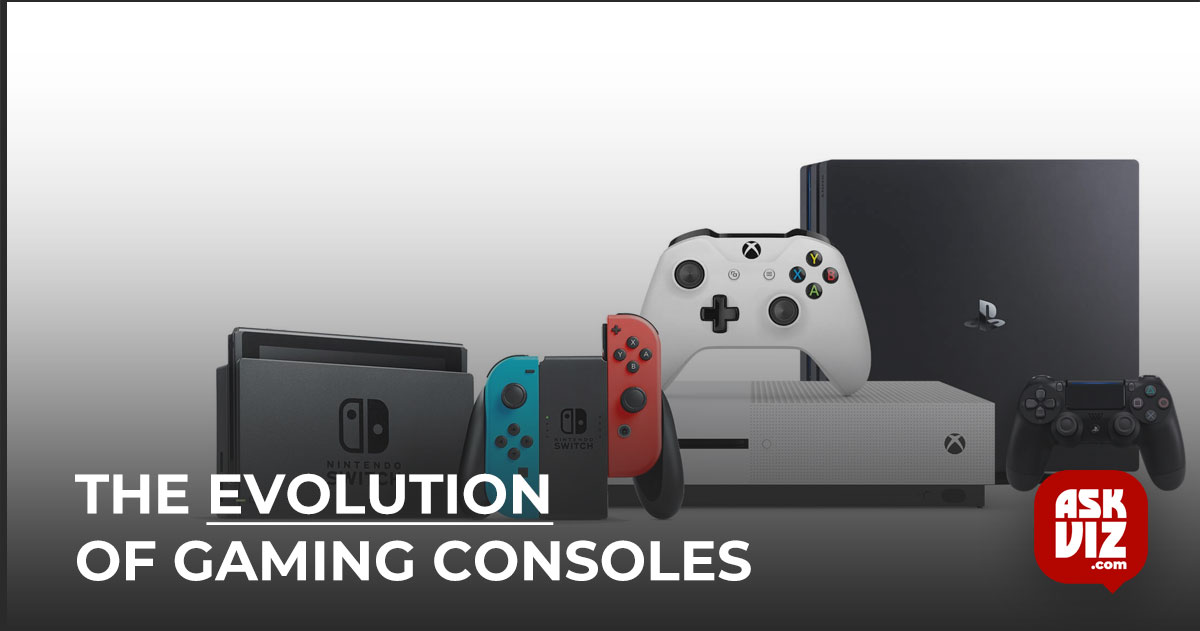It’s excellent, although it’s a bit costly.
A quick look
Pros:
- Superb 1080p gaming experience with Ultra graphics.
- Memory capacity of 8GB
- Exceptionally energy efficient
- AMD features like FSR, Radeon Boost, and Smart Access Memory can help it run quicker.
- Pricey for a 1080p graphics card (but more acceptable in light of today’s GPU scarcity).
- Ray-tracing performance is slower than that of Nvidia GPUs
- Given the unique Memory configuration, 1440p performance isn’t as spectacular.
Conclusion
Finally, AMD’s Radeon RX 6600 is a genuine 1080p graphics card for this generation. It’s fast and energy-efficient, but it comes at a hefty price (which will rise even more on the street) and isn’t a terrific 1440p option.
AMD released the first real 1080p GPU of the generation with the Radeon RX 6600, which was announced and introduced last October, well over a year after this generation of graphics cards began.
Designed for 1080p gaming with a high refresh rate, the Radeon RX 6600 XT is far too powerful for gaming on a standard 60Hz display. And although Nvidia’s GeForce RTX 3060 doesn’t have enough GPU power for no-compromises 1440p, it does have an absurd 12GB of VRAM, which contributes to its astronomically high retail price.
The Radeon RX 6600 is a stunningly sensible blend of Ultra-quality 1080p gameplay and 8GB of GDDR6 memory. At first glance, the suggested price of $329 could raise an eyebrow; it’s the same as the RTX 3060’s MSRP, but AMD’s card is slower and has 4GB less VRAM.
However, on eBay, the RTX 3060 is selling for $675 to $850, much beyond its stated $330 MSRP. In fact, despite being faster across the board, the Radeon RX 6600 XT sells for cheaper than the RTX 3060 online, with prices ranging from $575 to $675 on eBay.
Expect to pay a premium for the Radeon RX 6600 on the streets. Given all of these complexities, as well as the current GPU scarcity, AMD’s street price feels acceptable for the technology on offer—even if being forced to spend far over $300 for outstanding 1080p performance remains unaffordable unless you have vast resources or little patience.
Radeon RX 6600: Design, Specs and Features
The Radeon RX 6600 uses a scaled-down version of the “Navi 23” GPU, first debuted in the Radeon RX 6600 XT.
The new GPU has 28 compute units, compared to 32 in the Radeon RX 6600 XT (and 36 in the Radeon RX 5600 XT from the prior generation). More importantly, AMD rendered this lower-end GPU obsolete by drastically decreasing the amount of power delivered—132 watts against 160 watts in the XT model—and drastically slowing Game Clock rates by over 300MHz.
The Radeon RX 6600 has a 2044MHz Game Clock, but the Radeon RX 6600 XT has a 2359MHz Game Clock. Thanks to these and other enhancements in AMD’s RDNA 2 architecture, the Radeon RX 6600 is highly powered efficient.
Its unique memory configuration contributes to its power efficiency. The Radeon RX 6600 duplicates the memory loadout of its more expensive XT brethren. Thus it’s not unique.
That’s what we mentioned about the RAM during that review, and it applies to this non-XT variant as well:
The addition of “Infinity Cache,” a massive blob of L3 memory integrated right into the GPU chip, is part of the reason AMD’s latest GPUs are so powered efficient. Games use it for many memory activities, so the GPU doesn’t have to send requests “all the way” to the graphics card’s GDDR6 memory.
As a result, AMD can make GPUs in the Radeon RX 6000 series with lower memory buses, saving power. The [Radeon RX 6600] has a narrow 128-bit memory bus (think of it as a freeway for memory data—more lanes mean quicker traffic), compared to the earlier 5600 XT’s 192-bit bus and the 5700 XT’s 256-bit bus.
But it isn’t all roses. The [Radeon RX 6600] Infinity Cache has been tailored for 1080p gaming, with 32MB of capacity compared to 96MB on the 1440p-focused Radeon RX 6700 XT and 128GB on AMD’s higher-end 4K options.
However, as you can see in our benchmarks, the Infinity Cache’s hit rate drops dramatically when the resolution is increased to 1440p, implying that the Radeon RX 6600 must rely more on the standard memory system. When this happens, the Radeon RX 6600’s relative performance suffers compared to graphics cards with wider memory buses and better total memory bandwidth (though the lower memory bandwidth also makes modern Radeon GPUs less attractive to crypto-miners).
What’s the bottom line? AMD specifically designed this graphics card for 1080p gaming, but if you don’t mind going below 60 fps per second or lowering your graphical options, you can still have a fantastic 1440p experience.
There’s no reference edition of the Radeon RX 6600 for “this card.” Third-party graphics card vendors like MSI, Sapphire, ASUS, and the star of this review, XFX, sell all of the cards you’ll find for sale.
It’s quiet and cool, with a stylish design evocative of XFX’s blacked-out look from this generation, but in a smaller and more limited package. It has two bigger 100mm fans with 11 blades each (rather than the triple-fan arrangement of more expensive XFX alternatives) atop a heatsink with two 6mm heat pipes running through it. Unlike other high-end GPUs, which come with monstrous triple-slot coolers and triple-pin power needs, the XFX Swift 210 has a conventional 2-slot height.
With that plus the single 8-pin power connector, it should be a no-brainer upgrade for practically any gaming PC. It has three Display Ports and a single HDMI 2.1 port.
This less expensive card lacks some of the more premium models’ extra features. The XFX Swift 210 does contain a dual-BIOS switch. However, there are no integrated fan headers or even RGB lighting. It’s helpful in any troubleshooting situation, but it’s beneficial while overclocking. It’s a beautiful addition, coupled with a metal backplate that will complement your system well.
The Swift 210 runs at the Radeon RX 6600’s reference rates, and XFX claims it will be available for “around” the suggested $329 price during AMD’s new GPU’s initial launch window.
The Radeon RX 6600, like other RX 6000-series GPUs, supports all of the following RDNA 2’s features:
- Performance-boosting FidelityFX Super Resolution
- Smart Access Memory
- Real-time ray tracing functionality
- AV1 video decoding
- DirectX 12 Ultimate goodies
- An enhanced version of Radeon Boost that wraps in Variable Rate Shading
- Radeon Anti-Lag on all major DX APIs
- FreeSync display support
- AMD Link
You can configure the card to your heart’s content with AMD’s sophisticated Radeon Settings app, which contains both manual and automated performance tweaking settings.
Let’s get started with benchmarking.
Our Testing Rig
We test graphics cards on our specialized AMD Ryzen 5000-series test rig to see how PCIe 4.0 compatibility affects contemporary GPU performance. In addition to AMD, Smart Access Memory and Nvidia Resizable BAR boost performance ( both based on the same underlying PCIe standard).
We’re currently testing AMD’s Wraith Max air cooler on an open bench; in the future, we’ll move the rig inside a case and add an NZXT Kraken liquid cooler to the mix.
- Chip: AMD Ryzen 5900X
- Cooler: AMD Wraith Max cooler.
- Motherboard: MSI Godlike X570
- Memory: 32GB G.Skill Trident Z Neo DDR4 3800
- Power supply: EVGA 1200W SuperNova P2 ($352 on Amazon)
- Storage: SK Hynix Gold S31 SSD, 1TB
The XFX Radeon RX 6600 Swft 210 costing $330 takes against the $330 EVGA GeForce RTX 3060 XC Black, $550 Asus ROG Strix Radeon RX 6600 XT, and $350 Radeon RX 5700 (non-XT) and $350 GeForce RTX 2060 from the previous generation.
That should give you a fair indication of what’s been available recently in the $300 range, but it’s worth mentioning that all of these graphics cards are now substantially more expensive on the street. Yes, even the ones who are a little older.
In our test system, we used the XFX Radeon RX 6600 Swift 210.
We put a wide range of games through their paces, including different genres, engines, vendor sponsorships (AMD, Nvidia and Intel), and graphics APIs (DirectX 11, DX12, and Vulkan).
Unless otherwise stated, we evaluated each game using its in-game benchmark with VSync, fps caps, DLSS effects or real-time ray tracing, and FreeSync/G-Sync disabled. In addition to any vendor-specific solutions such as FidelityFX tools or Nvidia Reflex.
We’ve activated temporal anti-aliasing (TAA) to push these cards to their maximum. Each benchmark is done at least three times, with the average result shown for each test.
As AMD recommended, we didn’t test this card against the RTX 3060 with Smart Access Memory and PCIe Resizable BAR turned on. Those newer features can boost performance, frequently to AMD’s advantage. However, most gaming PCs do not have them enabled.
Expect marginally higher performance in recent games if your system supports Smart Access Memory. However, some rare titles (like Assassin’s Creed Valhalla) run substantially faster with such features enabled.
We’ll only present the charts during this game benchmarking section, leaving most of the analysis for our review summary at the conclusion.
Benchmarks for gaming performance
Rainbow Six Siege
Rainbow Six Siege continues to top the Steam rankings years after its initial release, and Ubisoft continues to support it with regular updates and events. Over the years, the creators have put a lot of effort into the game’s Anvil Next Engine, finally releasing a Vulkan version that we tested.
The game’s render scaling is reduced by default to enhance frame rates, but we increased it to 100% to test native rendering performance on graphics cards. Even so, frame rates are skyrocketing.
Shadow of the Tomb Raider
The last chapter in the reboot trilogy, Shadow of the Tomb Raider, is still breathtaking two years later. Square Enix designed this game for DX12, and we recommend DX11 only if you have outdated hardware or Windows 7. Thus we tested it on DX12.
Shadow of the Tomb Raider gets powered by an enhanced version of the Foundation engine, first used in the Rise of the Tomb Raider and included real-time ray tracing and DLSS.
F1 2020
F1 2020 is a joy to play, with a plethora of graphics and benchmarking choices that make it a far more dependable (and enjoyable) alternative than the Forza series.
The game uses the latest version of Codemasters’ rich, fluid Ego game engine, including DX12 and Nvidia’s DLSS compatibility. With clear skies and DLSS turned off, we tried two circuits on the Australia course.
Total War: Troy
Troy, the next chapter in the popular Total War series, was given away for free on the Epic Games Store for the first 24 hours, selling over 7.5 million copies before going on sale.
Total War: Troy is a turn-based strategy game developed on a modified version of the Total War: Warhammer 2 engine, and it looks excellent on DX11. We put the fighting benchmark to the test.
Strange Brigade
Strange Brigade is a cooperative third-person shooter in which a group of adventurers must fight their way through swarms of legendary foes. It’s a technological showpiece, with features like HDR support and the option to toggle asynchronous compute on and off.
It’s based using the next-gen Vulkan and DirectX 12 technologies. Rebellion’s Azure Engine powers it. We do our tests with the Vulkan renderer, which is significantly faster than DX12.
Borderlands 3
Borderlands has returned! Because Gearbox’s game defaults to DX12, we’ve done the same. It provides us with a look at the performance of the wildly popular Unreal Engine 4 in a classic shooter. We recommend playing this game on AMD hardware.
Metro Exodus
Metro Exodus, one of the best games of 2019, is also one of the best-looking games out there. With one of the most impressive real-time ray tracing implementations published to date, the current version of the 4A Engine produces extraordinarily lush, ultra-detailed images.
As you’ll see below, the game’s Extreme graphics option can burn even the most potent current hardware, yet the game’s Ultra and High presets still look beautiful at far higher frame rates.
Ray tracing, Hairworks, and DLSS are disabled in DirectX 12 mode.
Wolfenstein: Youngblood
Wolfenstein: Youngblood is more enjoyable when played collaboratively with a friend, but it’s a bold experiment—and a technological showpiece. Youngblood runs on the Vulkan API and supports a variety of cutting-edge technologies, including ray tracing, DLSS 2.0, HDR, GPU culling, asynchronous computing, and Nvidia’s Content Adaptive Shading. We tested Riverside with a built-in benchmark with two distinct settings.
Gears Tactics
Gears Tactics takes the XCOM-like genre and gives its vicious, fast-paced spin. We enjoy including a tactics-style game in our benchmarking suite because this Unreal Engine 4-powered game was created from the bottom up for DirectX 12.
Even better, PC snobs will appreciate the game’s visual settings. More games should spend as much time as this one explains what all of these visual knobs imply.
You can’t use the presets to evaluate Gears Tactics since it automatically scales to operate best on your installed hardware. Thus “Ultra” on one graphics card can load different settings than “Ultra” on another. We manually adjusted all options to their maximum possible settings.
Horizon Zero Dawn
Yes, PlayStation exclusives are now available on the PC. Horizon Zero Dawn gets empowered by Guerrilla Games’ Decima engine, also used in Death Stranding.
Watch Dogs: Legion
Watch Dogs: Legion, one of the first games launched on next-generation consoles. The Disrupt engine from Ubisoft got enhanced with cutting-edge features, including real-time ray tracing and Nvidia’s DLSS. We turn off those effects for our test, but Legion is still a demanding game, even with the optional high-resolution texture pack loaded.
Ray-tracing performance
We briefly tested ray tracing performance in Metro Exodus and Shadow of the Tomb Raider, two games in our catalogue that support cutting-edge technology.
Both early ray tracing games feature Nvidia’s AI-enhanced DLSS technology, which we utilized in the testing at 1080p resolution.
Image upsampling technologies such as DLSS and AMD’s FidelityFX Super Resolution are crucial for clawing back frames lost to cutting-edge ray-tracing effects. They boost speed by internally generating images at a reduced resolution before employing different methods to improve the final resolution.
However, because the software approaches function differently, testing with them disabled is the only way to get an apples-to-apples comparison, unless the game supports DLSS and FSR, such as Marvel’s Avengers.
It mainly verifies what we already know from Radeon and GeForce GPUs at higher levels. (Ray tracing isn’t supported by AMD’s last-gen Radeon RX 5700, which is why the RT benchmarks above have a zero score.)
Though both enable you to play ray traced games after making some graphics option adjustments (or activating DLSS/FSR), Nvidia’s second-generation version of ray tracing hardware performs better than AMD’s initial shot at the technique.
Noise, thermals, and power draw
After we’ve benchmarked everything else, we evaluate power draw by repeating the F1 2020 benchmark at 4K for roughly 20 minutes and recording the highest reading on our Watts Up Pro metre, which monitors the power consumption of our whole test system. The first stage of the race, when all competing vehicles are onscreen simultaneously, is usually the most difficult.
It’s not a worst-case scenario; it’s a GPU-bound game running at a GPU-bound resolution to see how well the graphics card performs while it’s working hard. You can experience increased total system power consumption by playing a game that also hammers the CPU. Take this as a warning.
The Radeon RX 6600 draws 73 watts less than the RTX 3060, making it the most power-efficient GPU of the lot. The efficiency of RDNA 2 has been a significant victory for AMD this generation, and when you combine that with the lower power needs and clock rates in the Radeon RX 6600 (obviously to differentiate it from the XT variant), this GPU barely consumes any power.
We evaluate thermals by running the F1 2020 power draw test with GPU-Z open and recording the maximum temperature at the conclusion.
Despite its compact size, the XFX Swift 210 provides excellent cooling. Of course, this has a lot to do with the RX 6600’s slower clock rates and lower power consumption. To keep a tiny, power-sipping chip cool, you don’t need a big custom cooler.
Should you purchase the Radeon RX 6600 graphics card?
As I mentioned at the end of every graphics card review in 2021, you probably shouldn’t buy any graphics card right now. Even after all these months, the prices are still exorbitant. Until the dust settles, I’d advise most folks to wait on the sidelines and stream their PC games via Nvidia’s GeForce Now service—or maybe consider buying a console.
The Radeon RX 6600 is this generation’s first genuine 1080p graphics card, and it excels in that role—you can turn up a game’s eye candy to the fullest while keeping your system cool and quiet. Thanks to the GPU’s power-saving nature. (However, if you don’t mind going below 60 frames per second or reducing your graphics options, you can still have a pleasant 1440p experience.) Unlike the RTX 3060, you won’t have to pay extra for additional VRAM for this resolution.
And, given that miners favour GeForce GPUs’ memory configuration, along with the Radeon RX 6600’s modest die size, we expect to see a (slightly) more plentiful supply of this AMD GPU on shop shelves in the coming months. The recent debut of the 6600 XT offered supply levels that made the prospect of purchasing one ludicrous but not impossible.
In a rational world, we’d be furious at the prospect of paying $330 or more for a respectable 1080p graphics card in 2022, half a decade after AMD’s Radeon RX 480 provided no compromises 1080p and solid 1440p gaming for $200.
Over two-and-a-half years after its introduction, the Radeon RX 6600 occasionally (albeit rarely) loses to Nvidia’s elder RTX 2060. In a vacuum, the price-to-performance ratio of this card should be unsatisfactory. And that is true deep down. I’d rather spend $300 on an Xbox Series S. (That is if you can find one.)
However, in this crazy year of pandemics and terrible supply shortages, $330 for the Radeon RX 6600 appears to be an acceptable price. A Radeon RX 580 from the early 2000s costs more than that on the streets.
If the early supply of the Radeon RX 6600 impresses, and prices stay near to the card’s MSRP, this might be your best opportunity at an upgrade in a long time, even if the price makes it difficult to get you enthusiastic. It is what it is at the moment. If you have to pay, do so, but if you can, sit on the sidelines for now.
Don’t worry if you decide to take a risk: The Radeon RX 6600 is a great GPU for 1080p gaming, but it suffers in ray-traced games versus Nvidia’s more mature implementation.
And the XFX Swift 210, in particular, remains cool while looking excellent; It’s certainly worth considering if you don’t need a variant of the RX 6600 with more sophisticated features like RGB lighting.


